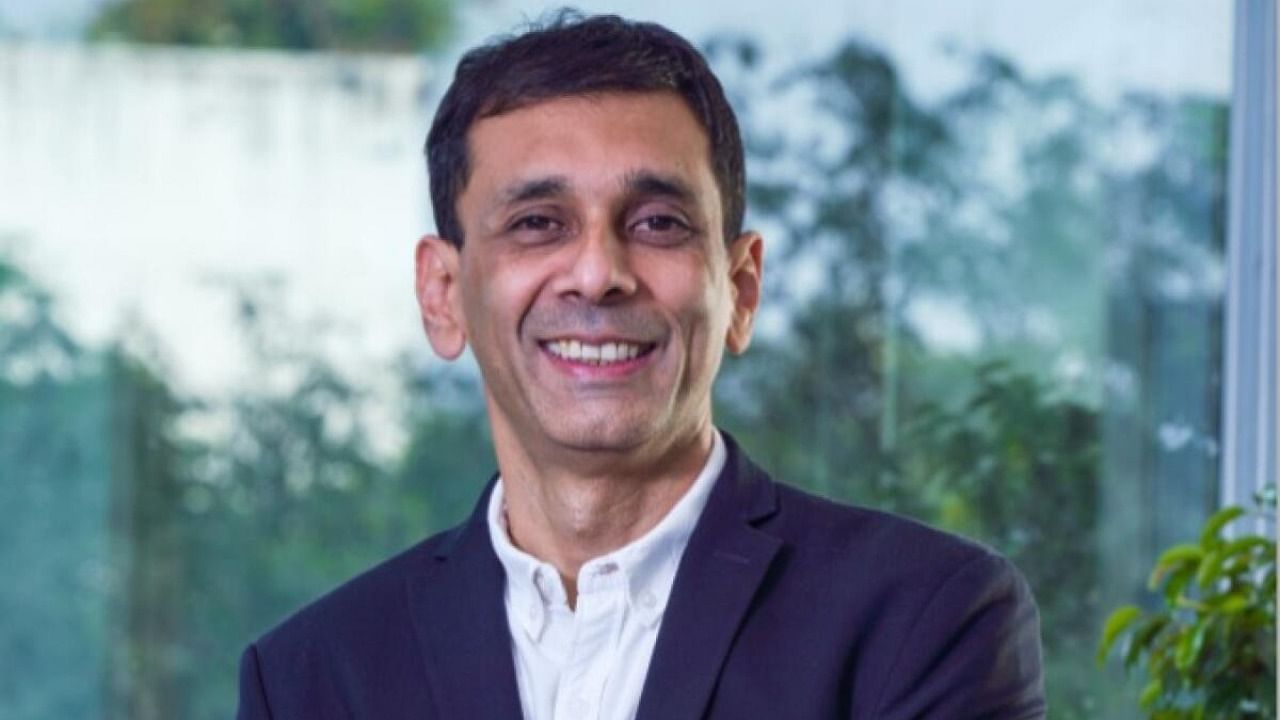
According to a December, 2022 report of Reserve Bank of India, non-banking finance companies (NBFCs) are outpacing commercial banks in terms of loan growth to small borrowers. Even so, the credit gap in the micro, small and medium enterprises (MSME) sector in the country remains at $530 billion. Godrej Capital that entered the fray 2.5 years ago sees its loan book expansion riding largely on this starved sector.
In a conversation with DH’s Anjali Jain, the company’s chief executive officer (CEO), Manish Shah, talks not just of Godrej Capital’s ambitions but also of the issues facing small businesses and about tailoring products for them. Excerpts from that interaction:
Why is Godrej Capital betting big on small businesses?
If you look at the size and scale of these businesses, and the role they play in our country, they are a third of our economy, they employ over 100 million people. But that’s one part of the story. The other part is, they really are the heart and soul of businesses that move the economy forward. So in many ways, if you’re a lender or any provider, if you’re not a part of that ecosystem, you are choosing to stay out of what is the largest opportunity in this country. Just the opportunity to add value, whether it is on the product side of things, on how you design flexible repayment products, which has a clear market - we think there is both a need to operate in this space…and a scope for us to do well here.
How can lenders address the supply-demand mismatch for this sector?
I think all of us in financial services have been guilty of oversimplifying this problem. As a lender, you only look at lendability. So you look at cash flows, you have the same standard set of products. You want to see a few sets of behaviour in your borrowers. If they fit, you extend, if they don’t fit, you don’t.
But borrowers need to know if your product is serving their needs. We often talk about affordability simply as interest rates. But the customer needs to have a lower outflow on a monthly basis than he is making. So in the loan product itself, you need to have affordability and flexibility. Flexibility is the least appreciated by our fraternity. In business, you have seasonality, but most loan repayments are in equal instalments every month. You should be able to take moratoriums, you should be able to start with a smaller payment and go up when the business starts earning for you.
What are the factors that have influenced a good credit quality in India?
One, the credit culture in our country is definitely improving. Each one of us has a credit score and there is awareness of its importance…Second, I think we’ve all benefited as an industry by having access to better data sources, and therefore making better lending decisions. Some years ago, all you had was income tax returns, and paper based bank statements. Today, you’re able to pull financial data, GST returns, system generated bank statements uploaded with a tamper proof. So you got far more data points, more credit history.
Can flexibility for loan repayments increase default risk?
My one word answer is no - if you’re doing it because it’s the right thing to do by a customer. It can definitely increase the risk if all you’re doing is kicking the can down the road. So it shouldn’t be mistaken as simply adding moratoriums, or simply delaying when you pay back…Flexibility does not increase risk. In fact, it reduces risk, because it doesn’t ask you to pay more when you cannot afford it. But if you’re kind of postponing for the sake of postponing it, then you’ve got a very different problem as that could certainly become a habit. And it almost always leads to encouraging riskier behaviour. That’s the problem.
Has demand for credit from small businesses increased?
I think a wider range of lenders stepping up and increasing formalisation is making it easier for more businesses to access formal credit. Informal sources, friends and family, money lenders, a lot of that is moving to formal channels. So I don’t think there’s a sudden spurt in demand. It’s in keeping with the growth of the economy, but a part of the spike is definitely due to increasing formalisation due to data capture. If you sell online, you get formalised. GST plays a role in your formalisation and the way you collect payments. And even if you’re not an online business, collecting digital payments is now very much a mainstay and formalisation there is inevitable.
Why are small businesses preferring to borrow from NBFCs rather than traditional banks?
I think over a period of time what is going away very quickly, is this distinction from a borrower’s perspective of a bank versus non-bank. It is getting reframed as preferring to borrow from someone he or she can trust from a long term relationship perspective. And second, where some players may have an edge over the other, is just the suitability of that product. Again, it goes back to design and delivery.
What are the company’s plans to grow its balance sheet?
So we ended FY23 with about a Rs 5,500 crore balance sheet. We hope to reach 12,000 crores in the coming one year. And three years from now, we hope to reach 30,000 crores as a balance sheet. So, we do feel like we are on track for these goals.